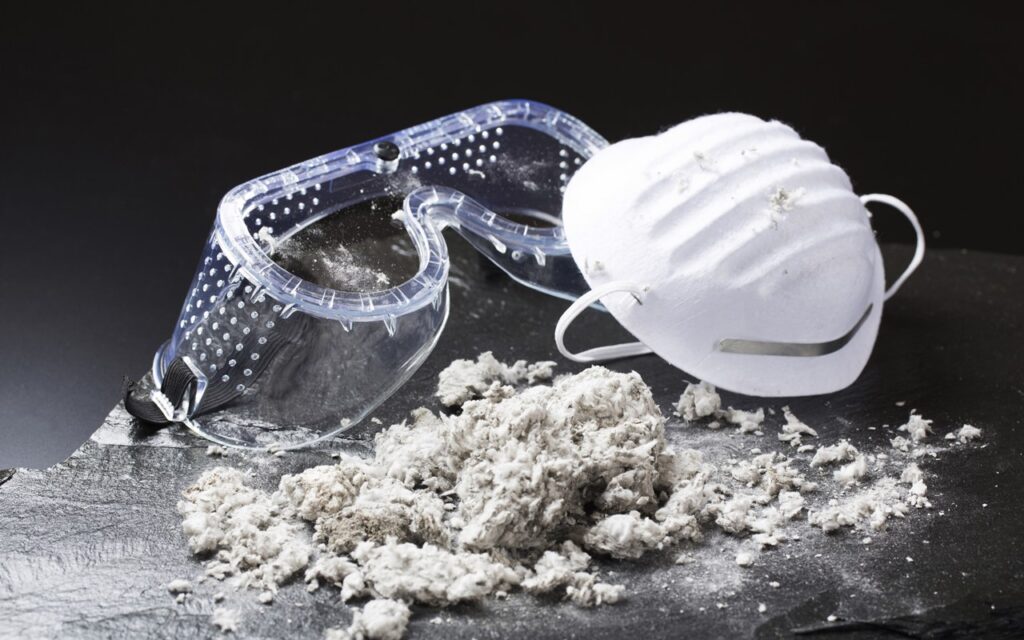Mesothelioma is a rare and aggressive form of cancer that affects the mesothelium, a thin layer of tissue that covers the internal organs of the body. This devastating disease is primarily caused by exposure to asbestos, a mineral once widely used in various industries for its heat-resistant properties. While the use of asbestos has significantly declined in recent years, mesothelioma remains a significant health concern.
In this blog post, we delve into the world of mesothelioma, exploring its causes, symptoms, diagnosis, and treatment options. Our aim is to raise awareness about this debilitating disease, provide valuable information for those affected by mesothelioma, and offer support to their families and loved ones.
We will examine the different types of mesothelioma, including pleural mesothelioma (affecting the lining of the lungs), peritoneal mesothelioma (affecting the lining of the abdomen), and less common forms such as pericardial and testicular mesothelioma.
We will discuss the risk factors associated with mesothelioma, with a focus on occupational exposure to asbestos, as well as secondary exposure through contact with asbestos-contaminated materials.

Source: forthepeople.com
Furthermore, we will explore the signs and symptoms of mesothelioma, as early detection plays a crucial role in improving treatment outcomes. We will delve into the diagnostic process, highlighting the importance of thorough medical evaluations, imaging tests, and biopsies for an accurate mesothelioma diagnosis.
You may have heard of mesothelioma and wondered what it is and how people end up with this disease. According to the Mesothelioma Guide, it’s “a rare and aggressive cancer caused by asbestos” and forms when “sharp, loose asbestos fibers become lodged in the lining of either the lungs or abdomen.” When this happens, the tissue becomes severely inflamed, and over time, cancer develops.
The problem with mesothelioma is that it can take decades to notice. Most people don’t know they have asbestos fibers lodged in their body until it’s too late. By the time cancer becomes visible, 20-50 years later, the survival rate is about 4-18 months after diagnosis. In rare cases, some people live 5-10 years or more. It all depends on the severity and other individual circumstances, including how long a person has been exposed and to what degree.
Mesothelioma Symptoms
The main reason it’s hard to diagnose this disease early is because some of the symptoms are shared with other, more common ailments, like pneumonia. For example, shortness of breath and a persistent cough are pretty common respiratory problems, even when they’re not severe.
Patients tend to brush off these symptoms and doctors often misdiagnose mesothelioma in its earlier stages. However, other mesothelioma symptoms are a bit more severe.
Here are some of the most common symptoms:
- Night sweats and fever
- Fatigue
- Trouble breathing and swallowing
- Chest pain
- Abdominal pain
- Weight loss and nausea
- Pleural effusions (fluid build-up)
If you experience any of these symptoms and you’ve sought treatment, but nothing seems to be working, talk to your doctor about the possibility of mesothelioma. However, not all doctors are well-informed about this disease. Find a specialist in your area if possible.
Otherwise, you may want to print the symptoms and bring them with you to your appointment when you express your concerns.
Mesothelioma Takes Decades to Develop

Source: lungcancercenter.com
The human body is incredibly resilient, and it takes mesothelioma 20-50 years to show up as cancer. This presents a problem because it makes early detection hard. Most people don’t know anything is wrong for at least twenty years.
Even then, since the symptoms mimic common health issues like pneumonia, most people (and even doctors) write it off as something less severe. This creates a delay in treatment, which allows the cancer to grow for a longer period of time before it’s finally noticed.
Where Does Asbestos Come From?
Asbestos became a big issue about 20 years ago, but isn’t really talked about much these days, so you might not be aware of how prevalent it still is in our society. Since mesothelioma is caused by inhaling and/or ingesting asbestos, you’re probably wondering how people become exposed to this dangerous substance.
Exposure to asbestos isn’t as common today as it was 20-50 years ago, but it still happens from sources that might surprise you. A main source of asbestos exposure comes from building insulation and other products used in construction. Most manufacturers have stopped using this toxic substance in their building materials, but there’s no guarantee this applies across the board.
Here are some common sources of exposure, most of which are trade occupations:
- Products containing asbestos. This includes materials like insulation, roofing materials, tile, and other materials used in construction.
- Auto repair shops. Brakes and clutches expose auto repair technicians to asbestos. Since asbestos can resist high temperatures, it was commonly used to make disc brakes and brake pads in the 1990s.
- Construction teams. Since building materials are made of asbestos, construction workers are often exposed to asbestos. This includes contractors hired for repairs and renovations and people who perform DIY projects. Tile and insulation are two such materials that might contain asbestos.
- Oil refineries. Because it can withstand heat, asbestos insulation is used in equipment designed to boil petroleum.
- Miners. Since asbestos is naturally found in mineral deposits, miners are regularly exposed on a daily basis.
- Power plants. Asbestos has fire-resistant properties and is used to protect machinery from intense heat.
- Military personnel. Barracks, planes, and vehicles caused asbestos exposure to Army personnel in the 20th century.
- Citizens living in homes made with asbestos materials. Many homes have been built with asbestos materials, including insulation and ceilings that have a “popcorn” texture.
People File Lawsuits for Asbestos Exposure

Source: asbestosdiseaseawareness.org
Mesothelioma is a terrible disease to have, not just because of the physical pain. It’s also expensive to get treatment, and that’s why people file personal injury lawsuits against those responsible for their exposure.
Getting compensated for exposure won’t make the cancer go away, but it will provide financial support for medical bills and other household expenses that pile up when you have to take time off work to get treatment, or if you can’t work at all.
It also holds the other party responsible for exposure, which can bring peace of mind when you’re suffering. A settlement can also provide financial support for your family members and dependents who formerly relied on your income to survive.
Don’t hesitate to contact an attorney about your situation once you have an official diagnosis. There have been many asbestos lawsuits filed in the last couple of decades and most of them settle out of court quickly. You’ll need to discuss your situation with your attorney, but these lawsuits tend to turn out favorable to the plaintiff.
The average settlement amount in a mesothelioma case is between 1 million and 2 million USD. However, the actual amount obtained in each case depends on factors like the severity of the disease and the level of exposure. Someone exposed for 40 years will likely see a higher settlement than someone exposed for five years who have yet to develop serious symptoms.
Think You Might Have Mesothelioma? Seek Treatment Now

Source: verywellhealth.com
If you think you might have mesothelioma, don’t wait to see a doctor and find out as soon as possible. If you can’t see a doctor quickly enough in person, consider a telemedicine appointment. The earlier you discover the root of your health concerns, the more time you have to get treatment, which can give you a better outcome.



